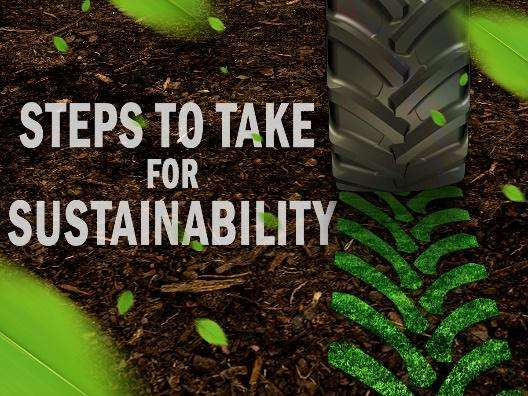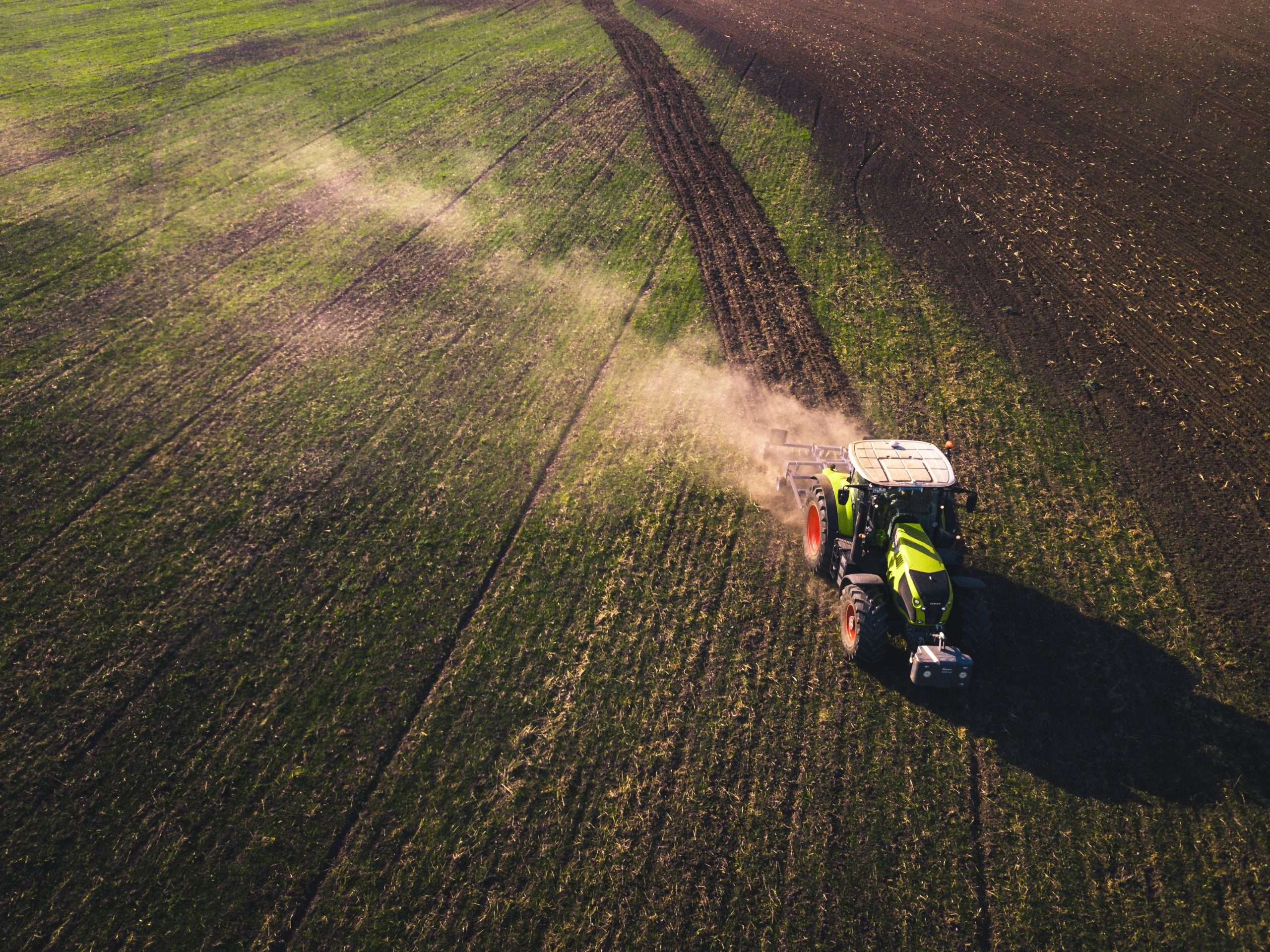ceat-speciality:blogs-tags/all,ceat-speciality:blogs-tags/technology
The Connection Between Agriculture and Climate Change
Tue, 28 May 2024 | PRODUCTS
Agriculture and climate change are intrinsically linked, each profoundly influencing the other. As global temperatures rise and weather patterns shift, the impact on agricultural practices becomes increasingly significant. Conversely, agrarian activities contribute to greenhouse gas emissions, affecting climate change. Understanding this connection is crucial for developing sustainable farming practices to mitigate climate change while ensuring food security. Let’s explore the complex relationship between agriculture and climate change and discuss strategies for a more sustainable future.
How does Agriculture Contribute to Climate Change?
Agriculture significantly contributes to climate change through various activities that release greenhouse gases (GHGs) into the atmosphere. The primary sources of these emissions in agriculture include:
1. Methane Emissions from Livestock
Livestock, particularly ruminants like cows and sheep, produce methane (CH4) during digestion. Methane is a potent greenhouse gas with a global warming potential significantly higher than carbon dioxide (CO2). Manure management also contributes to methane emissions.
2. Nitrous Oxide Emissions from Fertilizers
Synthetic fertilizers and manure release nitrous oxide (N2O), another potent greenhouse gas. Improper fertilizer application and management can produce excessive N2O emissions from agricultural soils.
3. Carbon Dioxide Emissions from Land Use Changes
Deforestation and land conversion for agricultural purposes release significant amounts of CO2. These activities reduce the carbon sequestration capacity of forests and other natural ecosystems, contributing to increased atmospheric CO2 levels.
4. Emissions from Agricultural Machinery
Using fossil fuel-powered machinery for planting, harvesting, and transporting agricultural products generates CO2 emissions, contributing to agriculture's overall carbon footprint.
The Impact of Climate Change on Agriculture
Climate change poses numerous challenges to agriculture, affecting crop productivity, livestock health, and farmers' livelihoods. Key impacts of climate change include:
1. Changing Weather Patterns
Unpredictable and extreme weather events, such as droughts, floods, and storms, can devastate crops and disrupt planting and harvesting schedules. These changes make it difficult for farmers to plan and manage their operations effectively.
2. Temperature Increases
Rising temperatures can lead to heat stress in both crops and livestock, reducing yields and productivity. Some crops may no longer be viable in previously thrived regions, forcing farmers to adapt to new climate conditions.
3. Water Scarcity
Climate change affects the availability and distribution of water resources. Prolonged droughts and reduced rainfall can lead to water shortages, making irrigation and water management more challenging for farmers.
4. Pest and Disease Proliferation
Warmer temperatures and changing climates can create favorable conditions for pests and diseases, which can spread more quickly and cause significant damage to crops and livestock.
Strategies for Mitigating Climate Change in Agriculture
To address the challenges posed by climate change, the agricultural sector must adopt sustainable practices that reduce GHG emissions and enhance resilience. Key strategies include:
1. Sustainable Land Management
Practices such as agroforestry, cover cropping, and conservation tillage can improve soil health, enhance carbon sequestration, and reduce emissions. These practices also increase the resilience of agricultural systems to climate impacts.
2. Efficient Fertilizer Use
Improving the efficiency of fertilizer use through precision agriculture techniques, such as soil testing and targeted application, can reduce nitrous oxide emissions and enhance crop productivity.
3. Methane Reduction in Livestock
Adopting improved livestock management practices, such as optimizing feed efficiency, managing manure, and implementing methane capture technologies, can significantly reduce methane emissions from livestock.
4. Renewable Energy Integration
Incorporating renewable energy sources, such as solar, wind, and bioenergy, into agricultural operations can reduce reliance on fossil fuels and lower CO2 emissions.
5. Water Management Innovations
Implementing advanced irrigation systems, such as drip irrigation and rainwater harvesting, can improve water use efficiency and ensure the sustainable use of water resources in agriculture.
Conclusion
The connection between agriculture and climate change is complex, and each significantly influences the other. By adopting sustainable practices and innovative technologies, the agricultural sector can mitigate its impact on climate change while enhancing resilience to its effects. At CEAT Specialty, we are committed to supporting sustainable agriculture through our range of high-quality, durable agriculture tractor tyres designed for various farming applications. Learn more about how our ag tyres for tractor can help you implement sustainable practices on your farm and contribute to a more sustainable future.




















